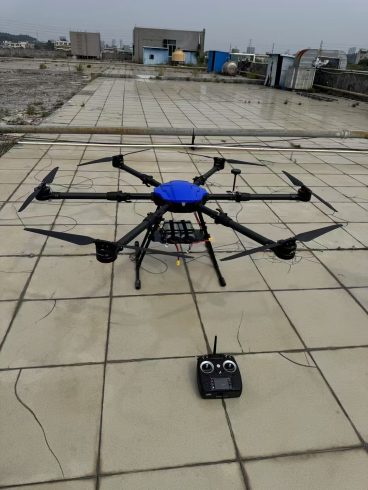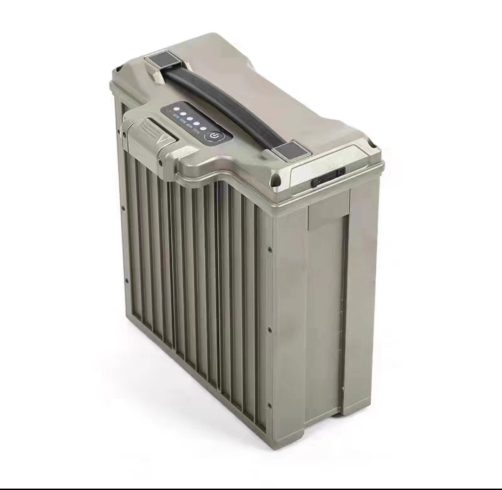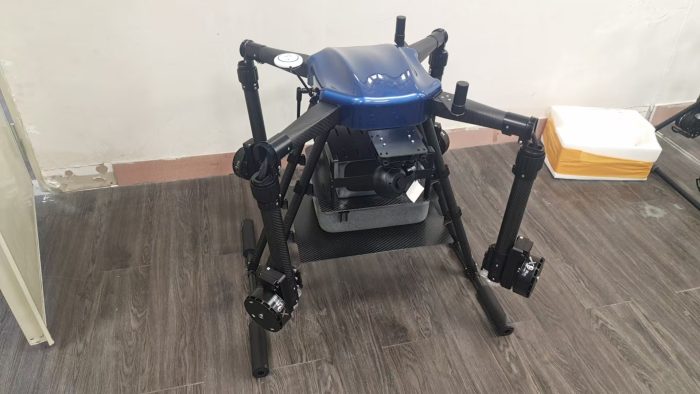![图片[1]-Drone Maintenance for Spraying Tasks: Ensuring Longevity and Peak Performance-msoen](https://www.msoen.com/wp-content/uploads/2025/04/4e0d9ec2ca214327-576x1024.jpg)
Agricultural drones have become indispensable tools for precision spraying, but their effectiveness depends heavily on consistent maintenance. Neglecting upkeep can lead to costly breakdowns, uneven chemical application, or even complete system failure. This article outlines essential drone maintenance practices tailored for spraying tasks, helping farmers and operators maximize equipment lifespan, reduce downtime, and maintain spraying accuracy.
Why Maintenance Matters for Spraying Drones
Spraying drones operate in harsh environments—exposed to chemicals, dust, moisture, and physical wear. Proper maintenance:
- Prevents nozzle clogs that disrupt spray patterns.
- Extends battery life and ensures stable flight performance.
- Reduces repair costs by addressing minor issues before they escalate.
- Maintains compliance with safety and environmental regulations.
Routine Maintenance Checklist for Spraying Drones
- Pre- and Post-Flight Inspections
- Visual Checks:
- Inspect propellers for cracks or bends.
- Examine spray nozzles for residue or blockages.
- Check landing gear and frame for structural damage.
- Functional Tests:
- Calibrate sensors (GPS, LiDAR) to ensure accurate navigation.
- Test pump pressure and nozzle spray patterns using water.
- Cleaning Procedures
- Nozzles and Tanks:
- Flush tanks thoroughly after each use to prevent chemical buildup.
- Soak clogged nozzles in warm water or approved solvents.
- Airframe and Motors:
- Wipe down drones with a dry cloth to remove dirt, pollen, or chemical residue.
- Use compressed air to clear debris from motors and vents.
- Battery Care
- Storage:
- Store batteries at 30–60% charge in a cool, dry place (ideal temperature: 15–25°C).
- Avoid exposing batteries to direct sunlight or freezing conditions.
- Usage:
- Never drain batteries below 20% to prevent voltage drops during spraying.
- Rotate multiple batteries to avoid overusing a single pack.
- Software and Firmware Updates
- Regularly update drone firmware to access improved flight algorithms or bug fixes.
- Calibrate spraying software to align with new chemical formulations or field conditions.
Critical Components Requiring Special Attention
- Spraying System Maintenance
- Pumps and Hoses:
- Replace worn hoses to prevent leaks during flight.
- Lubricate pump joints with silicone-based grease (avoid petroleum products).
- Filters:
- Clean or replace inline filters weekly to protect nozzles from debris.
- Propulsion System
- Motors:
- Check for overheating signs (discoloration, unusual noises).
- Apply anti-corrosion spray if operating in humid or coastal regions.
- Propellers:
- Balance propellers after collisions or hard landings to avoid vibrations.
- Sensors and Cameras
- Clean camera lenses and multispectral sensors before each flight to ensure accurate data collection.
- Recalibrate obstacle-avoidance systems after firmware updates.
Seasonal Maintenance Tips
- Pre-Season Preparation:
- Replace all O-rings and gaskets in the spraying system.
- Test drone components after long-term storage.
- Mid-Season Checks:
- Inspect wiring for rodent damage or corrosion.
- Monitor battery health with diagnostic tools.
- Post-Season Storage:
- Drain all liquid from tanks and hoses to prevent freezing or mold.
- Remove batteries and store them separately.
Troubleshooting Common Spraying Drone Issues
Problem Likely Cause Solution
Uneven spray coverage Clogged nozzles Clean nozzles; replace if damaged.
Reduced flight time Battery degradation Cycle batteries; replace old packs.
Drift during spraying Wind sensor calibration error Recalibrate anemometer and GPS.
Pump failure Debris in filter or hose Flush system; inspect for blockages.
Investing in Predictive Maintenance Tools
- Diagnostic Apps: Monitor motor performance, battery health, and nozzle flow rates in real time.
- Vibration Sensors: Detect imbalances in propellers or motors before they cause failures.
- AI-Powered Analytics: Predict component wear (e.g., pump lifespan) based on usage patterns.
Future Trends in Drone Maintenance
- Self-Cleaning Nozzles: Automatically flush residues after each flight.
- Modular Designs: Quick-swap components (e.g., pumps, cameras) to minimize repair time.
- Blockchain Maintenance Logs: Tamper-proof records for compliance and resale value.
Conclusion
Proactive maintenance is the cornerstone of efficient and reliable drone spraying operations. By adhering to a structured upkeep routine, operators can prevent costly breakdowns, ensure precise chemical application, and extend the lifespan of their equipment. As drone technology advances, integrating smart diagnostic tools and predictive maintenance strategies will further streamline workflows, making spraying tasks safer, greener, and more profitable.
Keywords: drone maintenance for spraying tasks, agricultural drone upkeep, spraying drone care, drone battery maintenance, precision agriculture drone ti












暂无评论内容